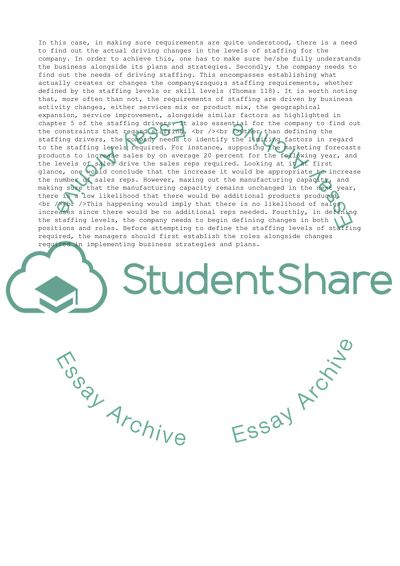Cite this document
(Candlelight Company: Profitability of the Company Case Study, n.d.)
Candlelight Company: Profitability of the Company Case Study. Retrieved from https://studentshare.org/business/1605627-course-project-group-g
Candlelight Company: Profitability of the Company Case Study. Retrieved from https://studentshare.org/business/1605627-course-project-group-g
(Candlelight Company: Profitability of the Company Case Study)
Candlelight Company: Profitability of the Company Case Study. https://studentshare.org/business/1605627-course-project-group-g.
Candlelight Company: Profitability of the Company Case Study. https://studentshare.org/business/1605627-course-project-group-g.
“Candlelight Company: Profitability of the Company Case Study”, n.d. https://studentshare.org/business/1605627-course-project-group-g.


